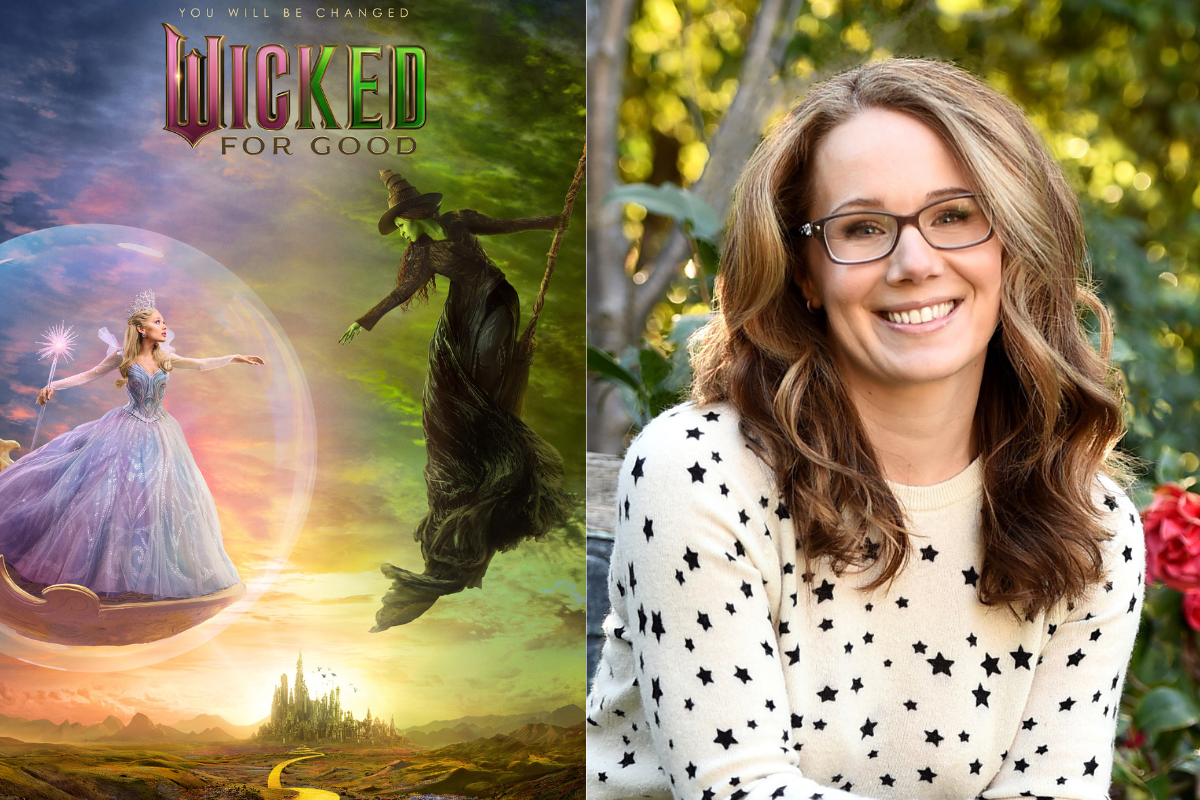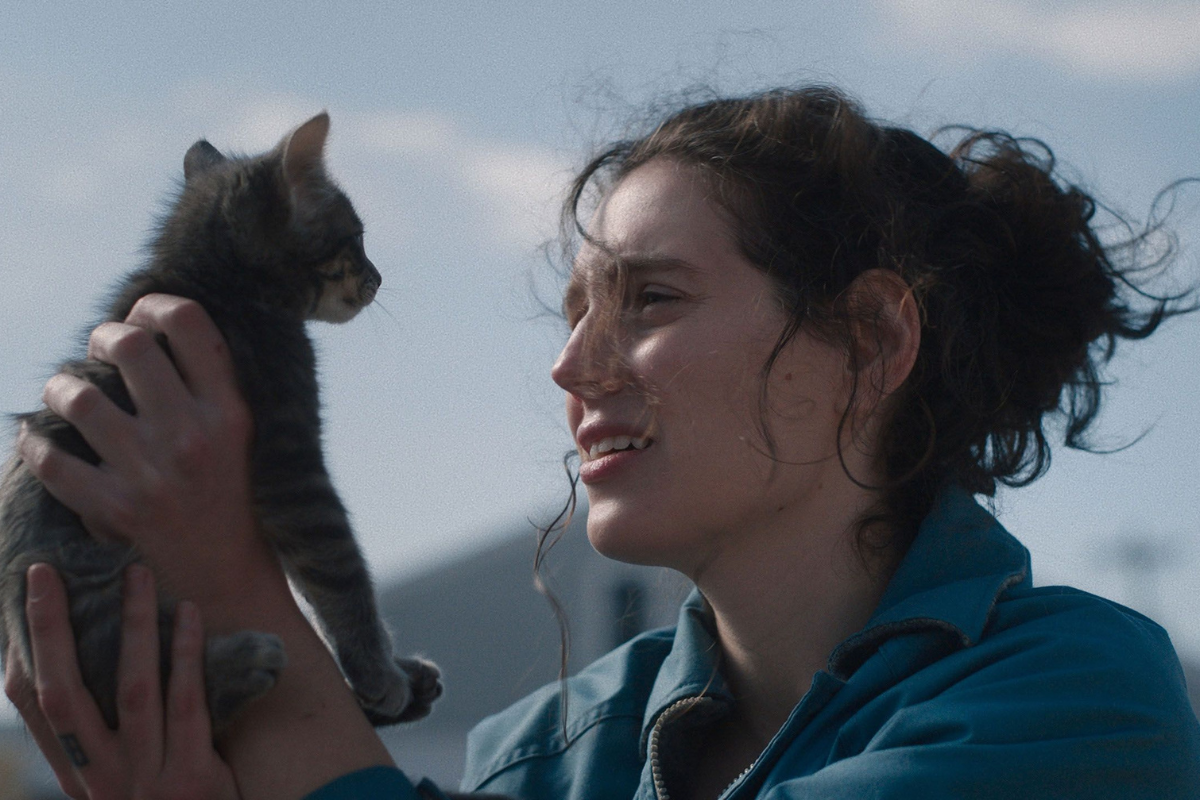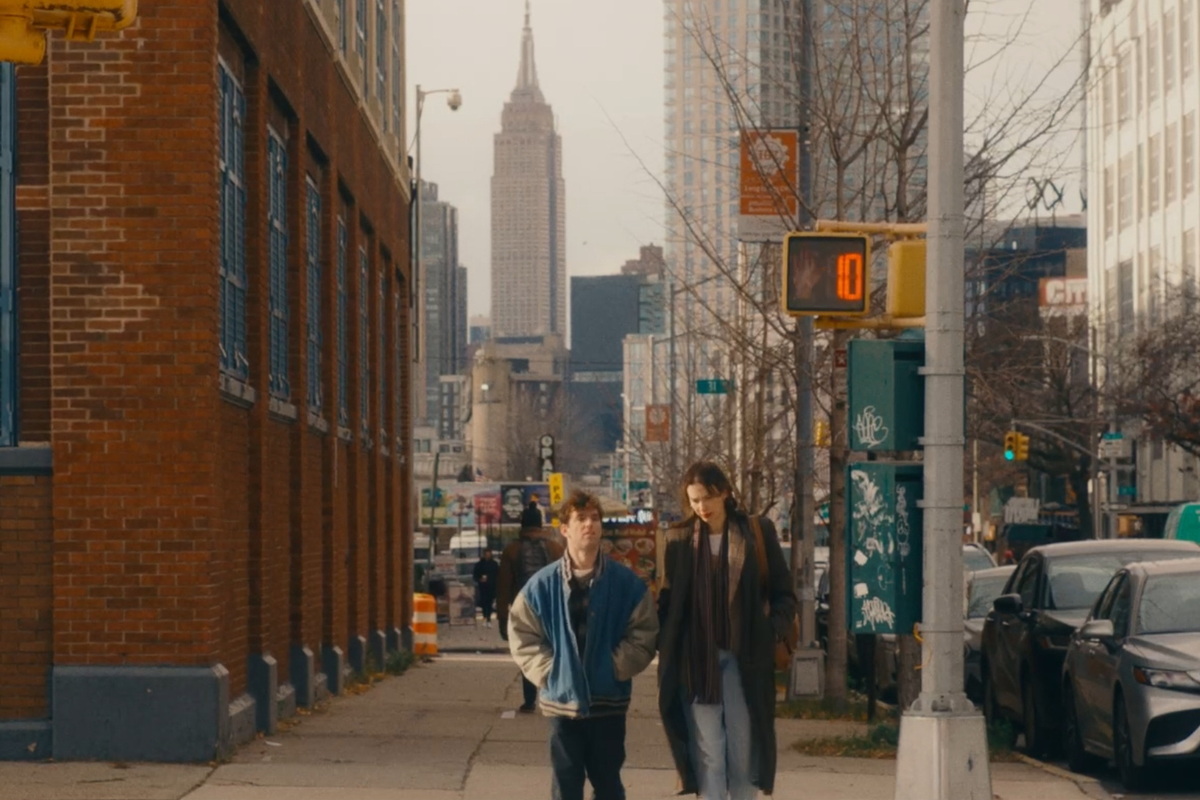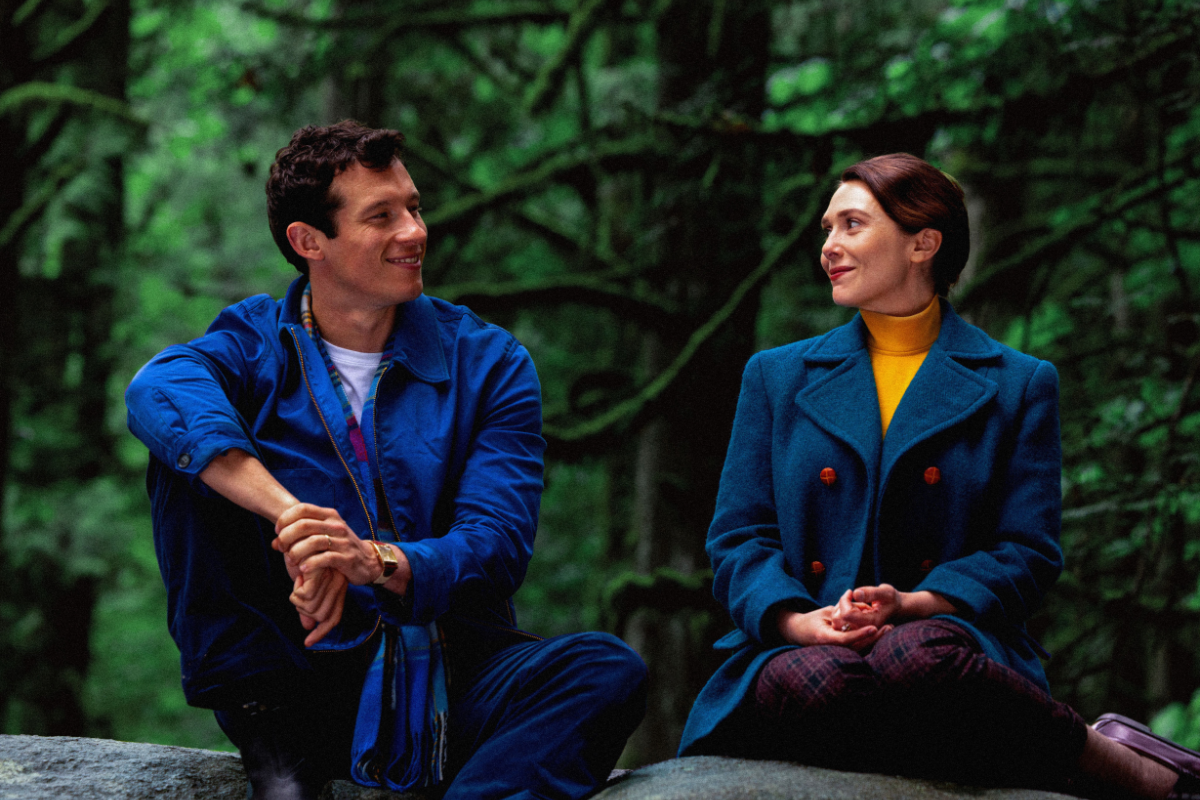INDIE SPOTLIGHT: Interview with ‘Good Boy’ Writer-Director Viljar Bøe
Viljar Bøe talks about how this story idea came to light, character development, not using too many genre tropes, his Dogme filmmaking approach, and more!
A bold and original thriller from up-andcoming director Viljar Bøe.Sigrid thinks she’s met her perfect matchwith the charming and handsome Christian, but there is one catch-he lives with a man who acts like his petdog. Trying to be open-minded, Sigrid continues the relationship but soon notices an insidious under-tone toChristian. Maybe ‘puppy play’ isn’t as innocent as it seems.
Writer and director Viljar Bøe brilliantly flips genres and genre tropes on its head in his latest thriller Good Boy. The pacing and practical use of location wonderfully build tension and suspense between the film's three main characters - and yes, one of them is a guy in a dog costume. Viljar embraces the Dogme filmmaking sensibilities and allows the audience to react in any way they like, no questions asked.
Viljar Bøe recently spoke with Script about how this story idea came to light, character development, the importance of locations, not using too many genre tropes, his Dogme filmmaking approach, and more!
This interview has been edited for content and clarity.
Sadie Dean: Where did this story idea come from?
Viljar Bøe: I've had this idea for quite a long time. I think I had the idea back in, I think 2018, the core of it, a person in dog costume. Also, I'm not sure why I was so interested in that, or why I came up with that, but I liked the imagery of what it was - a good way to pull audiences in. And then also, I was very much inspired by 50 Shades of Gray, and Beauty and the Beast and those stories about a misunderstood rich person and first they’re a little bit mean, but then they turn out to be, at least in Beauty and the Beast, is a good person. But I wanted to kind of twist that around a little bit and flip that story around. So, that was kind of the two elements that at least started.
How Filmmaker Ann Oren Found the Cinematic Language in ‘Piaffe’
Sadie: What was that discovery phase for you in honing these characters and what their actual motivation was, without giving any spoilers away towards the end, but why would they even stay with Christian?
Viljar: Yeah, there's a lot of discussion, why is she interested in this relationship? And part of it for me, it was important to get a charming guy - I think we were lucky to get Gard Løkke who plays Christian in that role. My thought process was, this dog was first supposed to be this off, this weird thing. But I also hope that during the film, at least the first half that it will seem more like a good thing about Christian that he's willing to kind of sacrifice himself for his friend. It's not a weird fetish thing. It’s a guy doing his best of trying to be a good friend. Which, I think in a way, perhaps, the reason why Sigrid would want to be in this relationship is a little bit because of the dog and because of the way Christian treats the dog.
So, that's what I also wanted to experiment with is how we perceive the dog. First, it's this weird thing, and then hopefully, people are kind of won over, ‘OK, now that the situation is kind of explained, I don't really mind the dog thing, it's weird, but as long as nobody gets hurt.’ Which I guess is kind of the point of the film, it's fine until it's not.
Sadie: You do a great thing in using the element of isolation to build tension and suspense, especially with a person who is so structured, like Christian. And even the location itself being this kind of omnipresent character. How did you tackle the pacing from character, location to camera placement and movement?
Viljar: Yeah, especially with the cabin, it's obviously important that she just can't leave. So, we did work a lot with the pacing. First, I wanted the film to start a little bit slower, kind of walk away from thriller, or horror genre tropes, and just kind of focused on more like a romantic comedy. And then, have a little slower pace. And then in the second half, kind of have a genre switch. But I think that's more in the script.
But for me, it was also important when shooting the film that of course, you wanted the film to look nice and have a style, but we kind of went for a more documentary style handheld, because with just natural lighting. One reason was because it was easier, less time-consuming, but also, I didn't want to start to be too imposing on what was happening...not make it to you know, stylish where it looks like a horror film or look like a romantic comedy, it just looks more natural. Hopefully, it's so that the audience can decide on what is weird and what is scary.
INDIE SPOTLIGHT: Interview with 'Bad Things' Horror Writer-Director Stewart Thorndike
I see a lot of people say that the first half is really funny, for example, and I really appreciate it, but I didn't go out of my way to make it super funny. It was, of course, I had a thought in my mind that with the whole situation, that is bizarre, but it wasn't supposed to be a comedy. But I heard some people describe it that way. I didn't want too many genre tropes, because I wanted people to experience this the way they wanted to; some people might think it's very funny movie; some people just think the whole thing is creepy. And stuff like that.
Sadie: It's a win-win either way, right?
Viljar: Exactly. Hopefully, it's a movie that lends to all types of reactions.
Sadie: When it comes to your approach to writing and directing, which comes first for you? Is it usually story or do you have something visual or situational, like you said, a person in a dog in a costume?
Viljar: It's a good question. I try to find a hook, like, yeah, a person in a dog costume, for example. And something that interests me, but I don't come up with an idea and then I just sit down and try to find a story. It needs to kind of naturally hook me in and kinda just naturally come to me. I don't try and force a story out of an idea. I only start writing if I can see a story out of it. So, I had the dog and for some years that was all I had and then I said, ‘OK, so then if this thing happened, then this thing happened,’ and then it kind of slowly turns into an idea in my head and then when I feel like I have the whole structure, then I start writing.
Sadie: Do you do a lot of prep work in terms of storyboards and shot lists along the way while you're writing?
Viljar: I don’t shot list or do storyboards, like at all. I obviously do get inspired by movies when it comes to visual style, I think like Lars Von Trier especially or like that Dogme style, I was very inspired by, and I am still inspired by. I try to not overthink it when I'm doing pre-production. I like to just figure it out when we're filming. Of course, I usually do some tests if I know what camera I'm using, and I have access to it. I usually go to locations and just test out what I'm going to shoot. But that's it. I don't do storyboards or shot lists. But that means that it’s even more important that with me and my location manager to make sure that we find great locations.
Sadie: Yeah. How did you find those two locations that you ended up with?
Viljar: For example, the cabin - I'm in the cabin. I live here. It's a family farm actually built by my great-grandfather - I think. It's 100 years old. So that was something we already had access to. And my dad knew someone who had the other location. And then the Seabreeze place is actually where my old college dorm…we don't call it college here, but yeah. So, there's all just things we already had access to.
Sadie: The spirit of indie filmmaking and using what you have, but also writing to what you know. Are there certain stories or themes that you're just interested in exploring through your work?
Viljar: Yeah, I do think there is a through line. I like exploring weird things that subcultures or things that people don't see every day. Then people have stuff that people might not want to talk about or want to tackle, and perhaps things that a normal studio film wouldn't tackle either. So, I think yeah, that's just where the stuff that are intimate and personal to the character, or something psychological.
Sadie: Any advice for filmmakers, both writer-directors who are making their first independent film?
Viljar: Yeah, I think absolutely, write about stuff that you know. Of course, when I mean stuff that you know, I mean more like locations that you already have access to, and stuff like that. And also, I think don't be scared to use the fact that it's an independent production to your advantage; make movies about stuff that studios wouldn't dare to make films about. Go a little crazy. [laughs]
Good Boy will be available in Theaters, as well as on Digital and On Demand on September 8, 2023.
Learn more about the craft and business of screenwriting and television writing from our Script University courses!
Sadie Dean is the Editor of Script Magazine and writes the screenwriting column, Take Two, for Writer’s Digest print magazine. She is also the co-host of the Reckless Creatives podcast. Sadie is a writer and filmmaker based in Los Angeles, and received her Master of Fine Arts in Screenwriting from The American Film Institute. She has been serving the screenwriting community for nearly a decade by providing resources, contests, consulting, events, and education for writers across the globe. Sadie is an accomplished writer herself, in which she has been optioned, written on spec, and has had her work produced. Additionally, she was a 2nd rounder in the Sundance Screenwriting Lab and has been nominated for The Humanitas Prize for a TV spec with her writing partner. Sadie has also served as a Script Supervisor on projects for WB, TBS and AwesomenessTV, as well as many independent productions. She has also produced music videos, short films and a feature documentary. Sadie is also a proud member of Women in Film.
Follow Sadie and her musings on Twitter @SadieKDean







